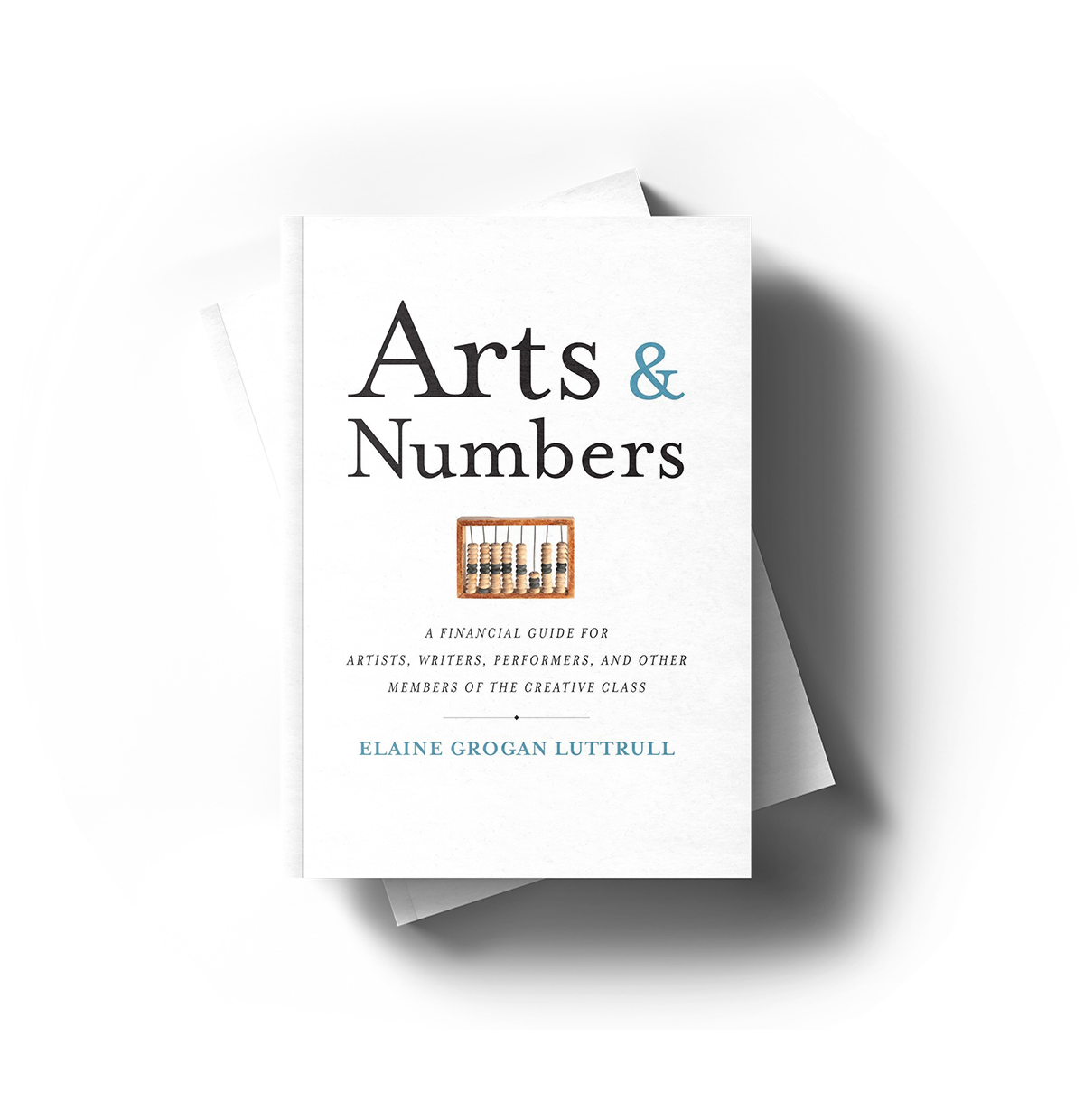November 13, 2019 • Musings
In Open Account, ¡Katie B Funk! profiles artists, sharing their financial and creative memories, successes, and challenges.
Blight to flight
To strip malls and cluttered
Shops.
$5 lattes don’t jive
with ¢.10 shrimp flavored
Ramen Noodles
But, it’s the arT scene they say.
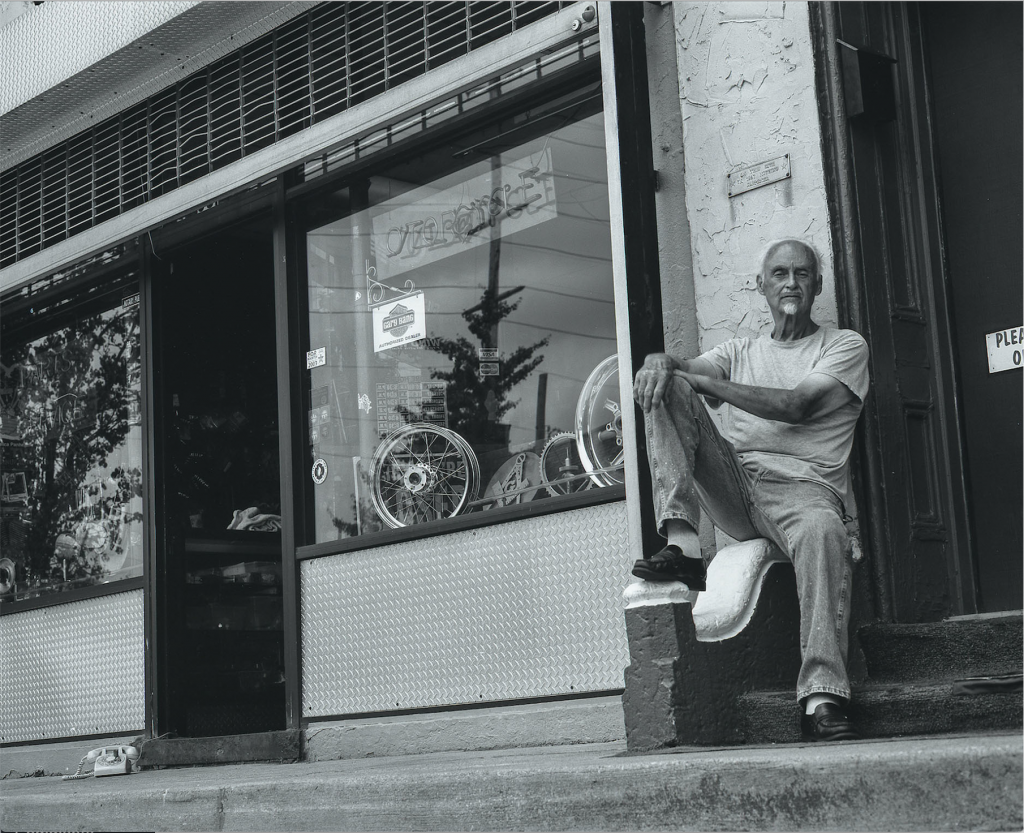
William Arnold, more often known as W.E. Arnold, does not construct his subject matter – rather he finds it, documents it, and hunts for it.
A perfect photo moment showing itself while turning the corner of a nearby street in Franklinton – a nearby neighborhood in Will’s home of Columbus, Ohio, or perhaps rediscovering one of the old master’s tactics while explaining a part of photography’s vast history to the students of his class. Will tells a story through his photography by capturing the very sense of what is already present – practical, yet intrinsically ephemeral, often through portraiture and often near-empty street shots. Leaving just enough out of the frame, the viewer is left wondering what else might one day be discovered within the hunting grounds.
What first drew you to photography?
“My mom gave me a key chain camera when I was a kid. I remember thinking ‘this is a camera…I can actually capture images with this.’ Ultimately, I got the chance to take a darkroom photography class in high school, and I often think of that opportunity like the seed that got all of this started.”
What excites you most about photography?
“Generally – the adventure – the driving factor is always present regardless of the particulars, while at the same time that is the challenge of the medium. The investments and accumulation of your skills eventually become the reward, even with stress and self-doubt. The process itself is exciting enough, but the saving and not processing right away…the mounds of physical rolls of film I have saved over the years…it’s like an immediate archive versus instant-everything overload we’re so saturated with today.
With film in particular, I am drawn first and foremost because it is what I grew up with – it’s relatable on the surface with an automatic, physical materiality resulting. It is an inherent risk, where I get to enjoy holding that risk I captured in my hands…
Really, I don’t know why I love shooting film, but I love it.”
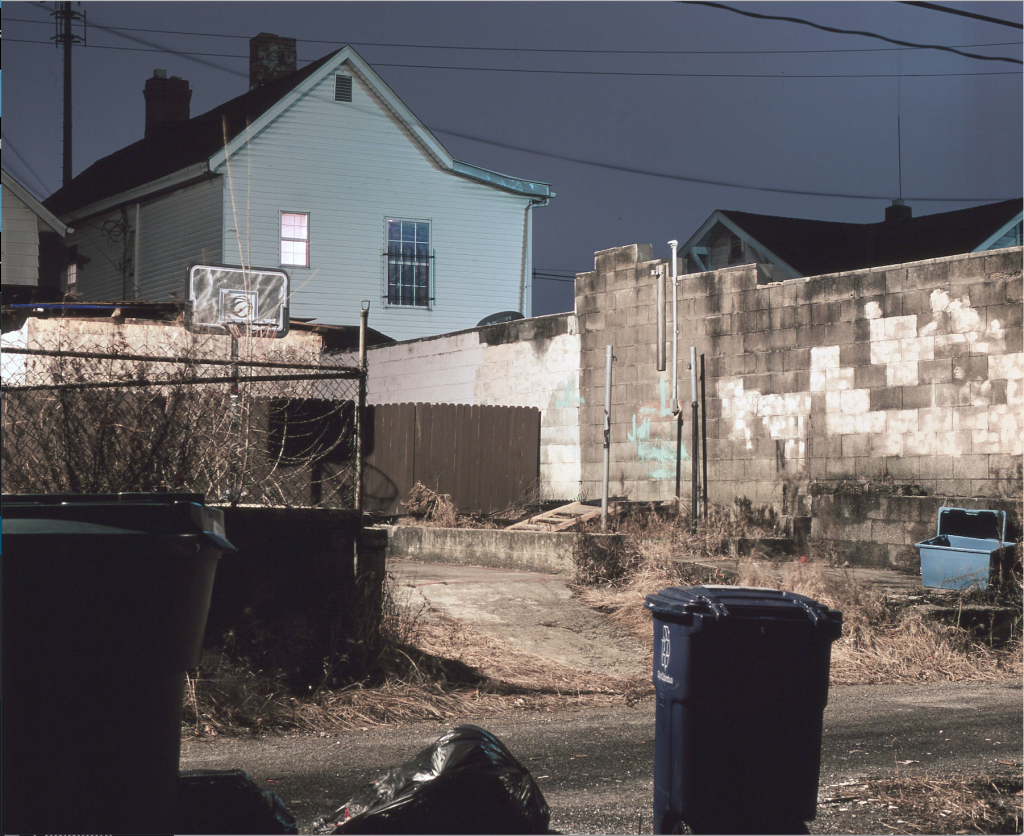
What is your first memory of art?
“The earliest recollection was more than likely religious – we never went to an art museum or an opening, but I did have a religious influence over a lot of my childhood. After that, cartoons. Eventually, Bob Ross.
Bob Ross was my first true art love...it was on TV, man…television generation! I wanted something different, and loved the very Zen-like atmosphere that he provided – still do today.”
What is your first memory of money?
“I remember being very aware of the cost of life – my mom and my step dad never really talked about money, but I knew we were poor. The earliest memory was a painfully young age at Disney World. I was with my brothers, my dad, my step mom, and her two kids, and remember looking through the menu thinking it was so expensive. I tried purposefully to make my order as cheap as possible, yet my step sister seemed to have the $7-souvenir-cup level of unawareness, and ordered everything she wanted.”
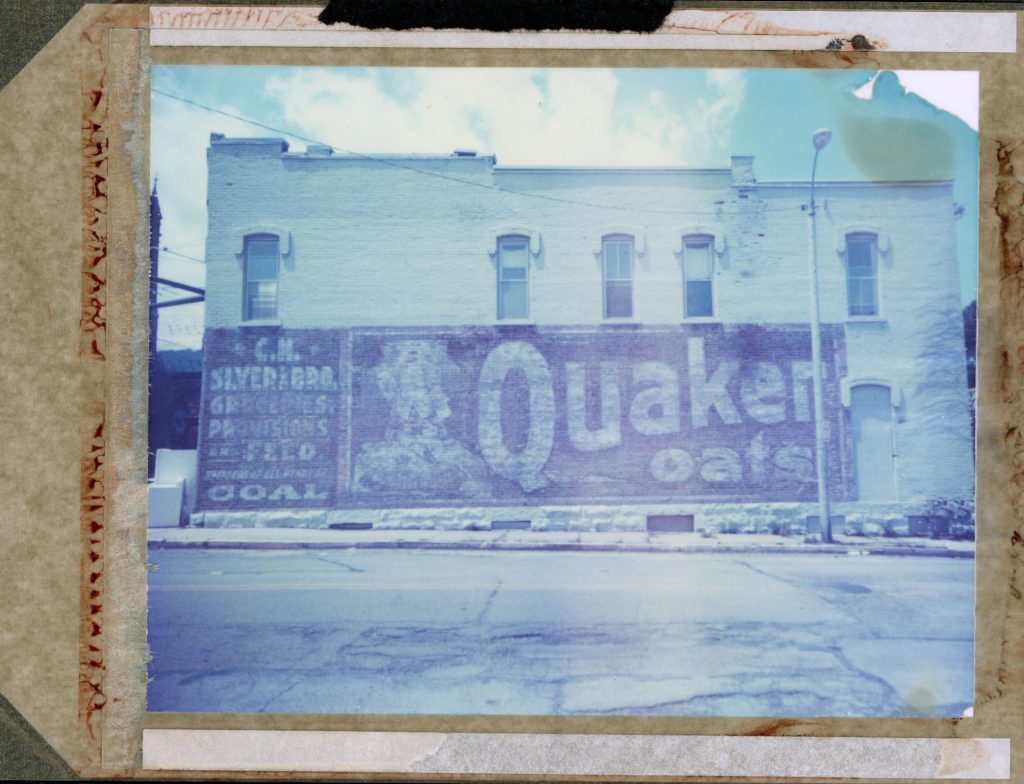
Where do you feel most confident with money? Least?
“On vacation…(chuckles). Honestly, the best investment I have right now is knowing that rent is due each month. I save as much money as I can and pay off as much debt as possible whenever I can. What those amount up to will fluctuate month to month, and it takes a constant strength in flexibility, balance, and perseverance. Consciously knowing that debt is there but not allowing the stress of it to overcome my abilities to create work – that’s the key.”
What are some upcoming projects you’re involved with?
“I’m currently transitioning a lot of my analog photography to vinyl wall wraps that I install myself. They are large scale in presentation, and usually wrapped or laid on brick. I’m curious about taking something really small and precious that starts in the camera, develops in the dark, and transform it into a large scale format with a presentation that’s exposed day after day to the elements.”
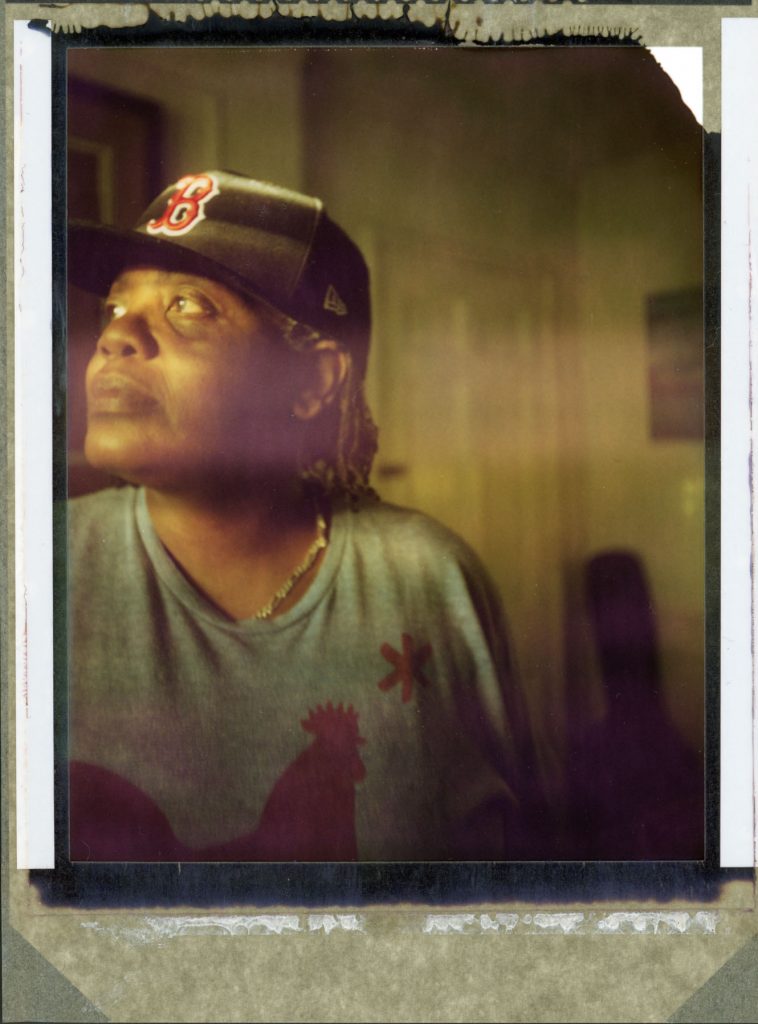
What is the most rewarding aspect of teaching? What is the biggest challenge?
“When students are invested in what you’re offering them – in my case, when they realize that they can take a break from their often highly regimented studies and try out a more creative and fluid realm where there really are far more possibilities than restrictions.
As for the biggest challenge, I find it in the solo endeavor that comes with the territory of teaching more often than not. You are your class time, and you are deciding every aspect that makes up each day. There are monetary restrictions in little to no budget, so every facet of what I have students do is decided and provided solely by me. There’s definitely an irony in slogging through graduate school, getting told time and time again to get out of your silo, even though you kind of have to jump right back into one again when it comes time to turn around and teach.”
What tactics do you use when Imposter Syndrome strikes?
“Photography and teaching don’t have to be intertwined, but for me they are. I can’t just blindly lead a class of students down a long path that’s foreign – I need to have an understanding of what I’m talking about very much so in many of the same ways I do with my practice.
Even knowing this, there’s a matter of staying the course – if you know what you’re trying to do and it’s terrifying or hard, know where it is you’re trying to get to – whether it’s the end of a week, a whole semester, or a roll of film.”

What is your biggest dream job and/or collaboration?
“A freelance artist – where I could make work that I’m interested in but also work with potential clients that allows me to work with and for others while having enough time and energy to create my own work – all while getting paid. I want to keep going larger with photo-installation too…as large as I can…an entire building in a vinyl piece? YES.
I think collaboration has to have a mutual benefit – unless there is an established relationship, something mutually beneficial to both parties needs to exist before things start. Take street photographers – they’re all doing the same thing give or take, but not necessarily working together. When you collaborate, you relinquish creative power in a way – how can you ever be totally satisfied?”
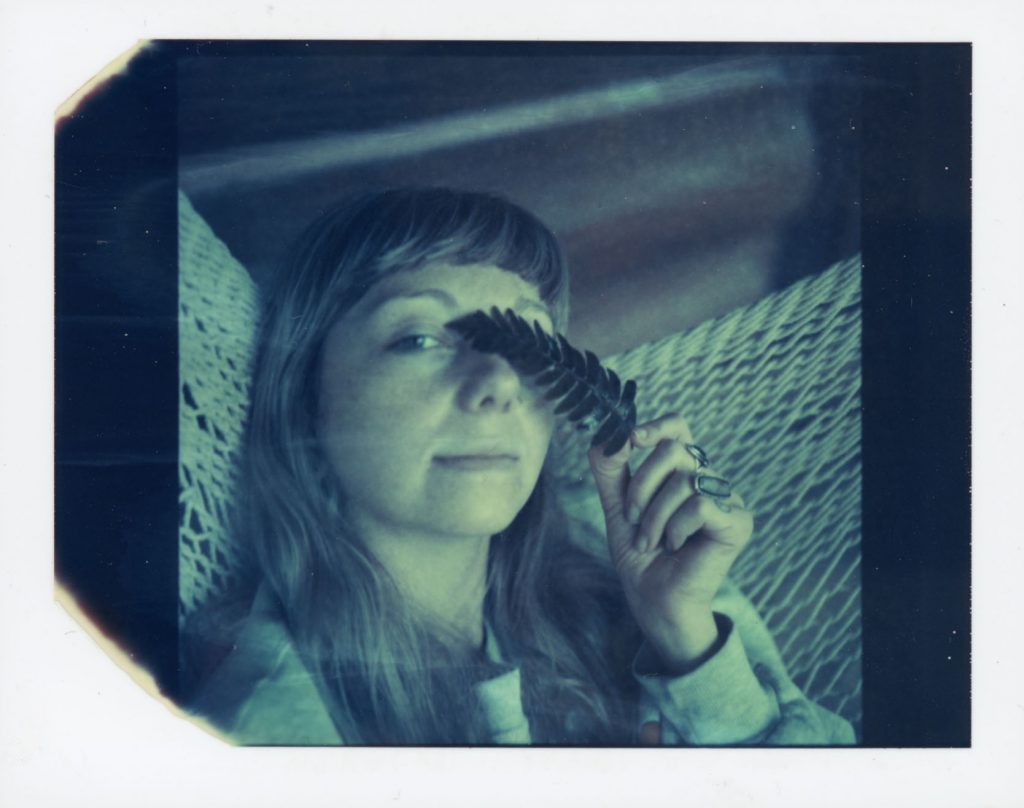
What is currently inspiring you and/or your work?
“Films that I watched growing up have been inspiring me more and more as of late. I think they reinforce the idea of preserving visual moments and situations – reminding me that just like photography, moments are really precious whether they are still images or constantly moving film.
Recently, I saw a screening of Robert Eggers latest “The Lighthouse” at The Gateway Film Center – a local independent film house. It was shot in square format – a format similar to what I shoot my photographs in. It’s solitary, moody…I recommend it, but also recommend you bring snacks.”
Do you look to other artists in a field similar to your work, completely outside of your work, or both?
“Both, and very much so, I think it’s important to diversify your visual exploration – we have heard enough about past “old dead white guys” – even though I’ll be a dead white guy myself eventually.”
What do you like to turn to in times of creative block to gain new insight and inspiration?
“First and foremost to film, secondly music. Both the lyrical experience and physical submersion within the art form of music itself is a perpetuation of encouragement you can go back to over and over again, yet always move forward with at the same time. Lyrical/audio influence is very transient, film is a lot more stationary – I think more about how it happened rather than completely succumbing to the experience that music makes me feel.
My consistent go-to’s will always include Grateful Dead, Lucinda Williams, and Tom Waits, while recently I’ve been listening to Rusted Root and GA-20.”

What makes you decide when to take a photograph?
“With surroundings in my neighborhood or exploring new places, there’s an intrigued observation – just looking around and finding ways to get encouraged and inspired. With portraits, I’m definitely not prolific like others I admire, but I use it as a daily challenge. It’s never an easy thing for me to capture a portrait of anyone – friend, family, or stranger. It’s an anxious process for myself. Simultaneously I feel it more important than ever to preserve the moments and visual residue of people and things currently residing within one’s proximity and or capable reach. I don’t try to construct things, I simply want to document things are they are.
It’s like this, I’m here right now, you’re here right now, let’s make some photos and that’s it. But, lets make them as good as we can, together.”

Visit https://wearnold.wordpress.com/ and @wearnold on Instagram to learn more about W.E. Arnold and his work.


